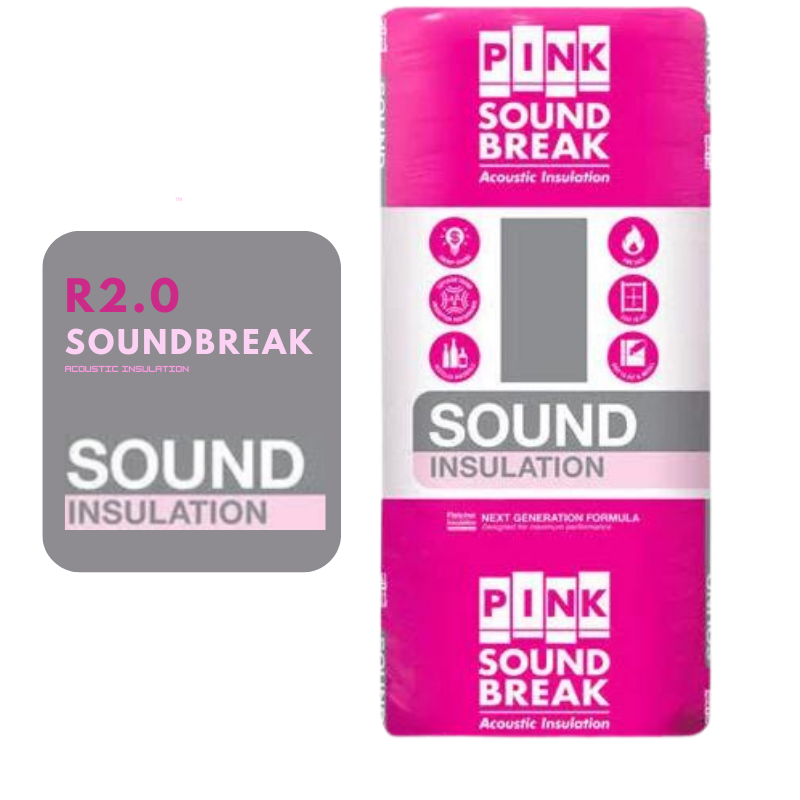Your cart is currently empty!
Advantages of Between Floor Insulation | Climate Control Insulation Melbourne
High-Quality Between Floor Insulation Products for Sale
When enhancing your home’s energy efficiency, walls and attics often come to mind first. However, equally important is the space between floor joists. Installing between floor insulation not only improves thermal performance but also reduces noise and adds comfort.
Explore Our Range of Insulation for Between Floors.
Browse our range of between floor insulation products today and place your order online for fast delivery across Melbourne.
-
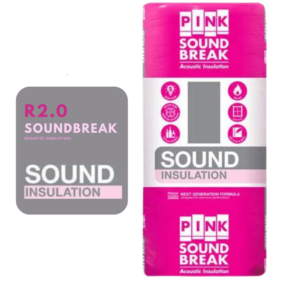
Pink Batts – Acoustic Insulation R2.0
$64.68 – $87.67 Select options This product has multiple variants. The options may be chosen on the product page -
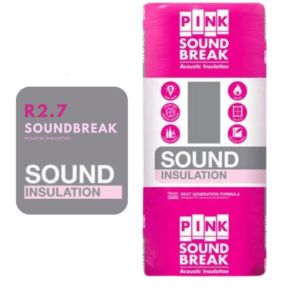
Pink Batts – Acoustic Insulation R2.7
$79.64 – $107.91 Select options This product has multiple variants. The options may be chosen on the product page -
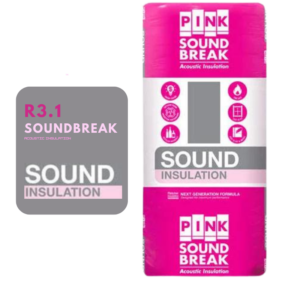
Pink Batts – Acoustic Insulation R3.1
$62.15 – $82.39 Select options This product has multiple variants. The options may be chosen on the product page -
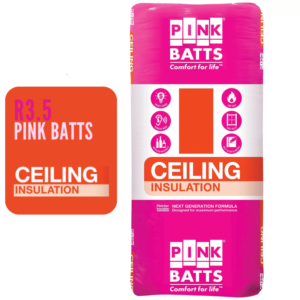
Pink Batts – Between Floor Insulation R3.5
$49.83 – $59.73 Select options This product has multiple variants. The options may be chosen on the product page -
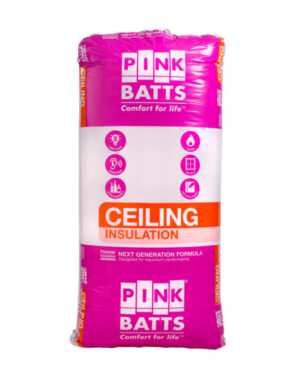
Pink Batts – Ceiling Insulation R2.5
$49.83 – $59.40 Select options This product has multiple variants. The options may be chosen on the product page -
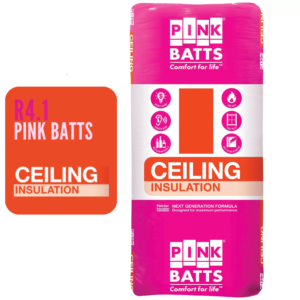
Pink Batts – Ceiling Insulation R4.1
$48.62 – $66.00 Select options This product has multiple variants. The options may be chosen on the product page -
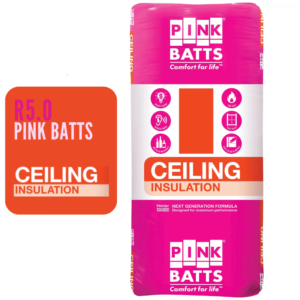
Pink Batts – Ceiling Insulation R5.0
$57.20 – $77.22 Select options This product has multiple variants. The options may be chosen on the product page -
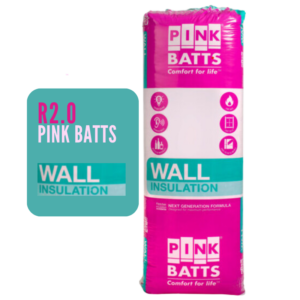
Pink Batts – Wall Insulation R2.0
$79.64 – $106.48 Select options This product has multiple variants. The options may be chosen on the product page -

Pink Batts – Wall Insulation R2.0 HD
$74.69 – $99.88 Select options This product has multiple variants. The options may be chosen on the product page -
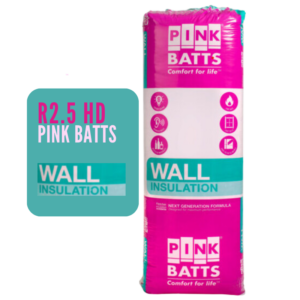
Pink Batts – Wall Insulation R2.5
$77.22 – $103.29 Select options This product has multiple variants. The options may be chosen on the product page

